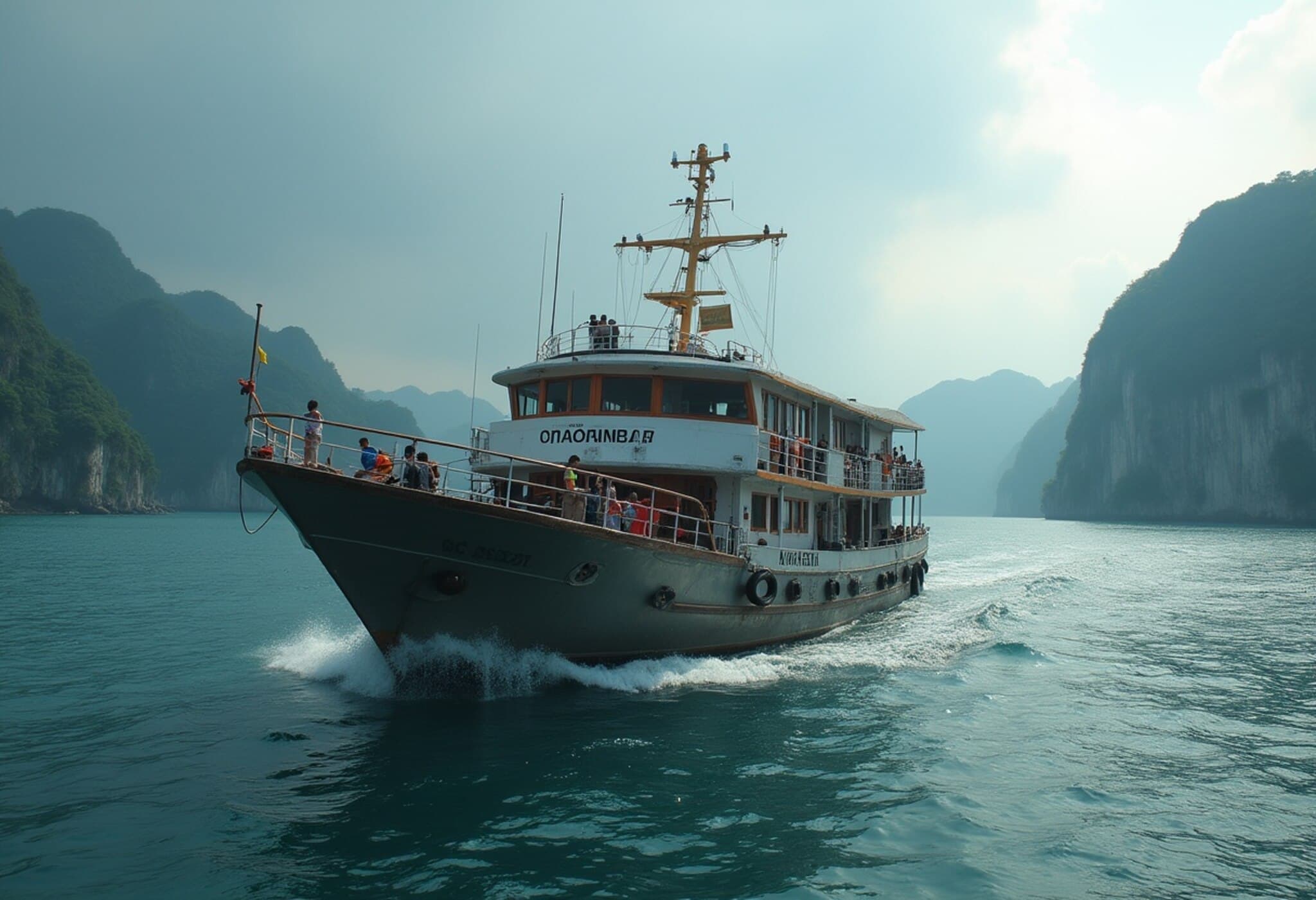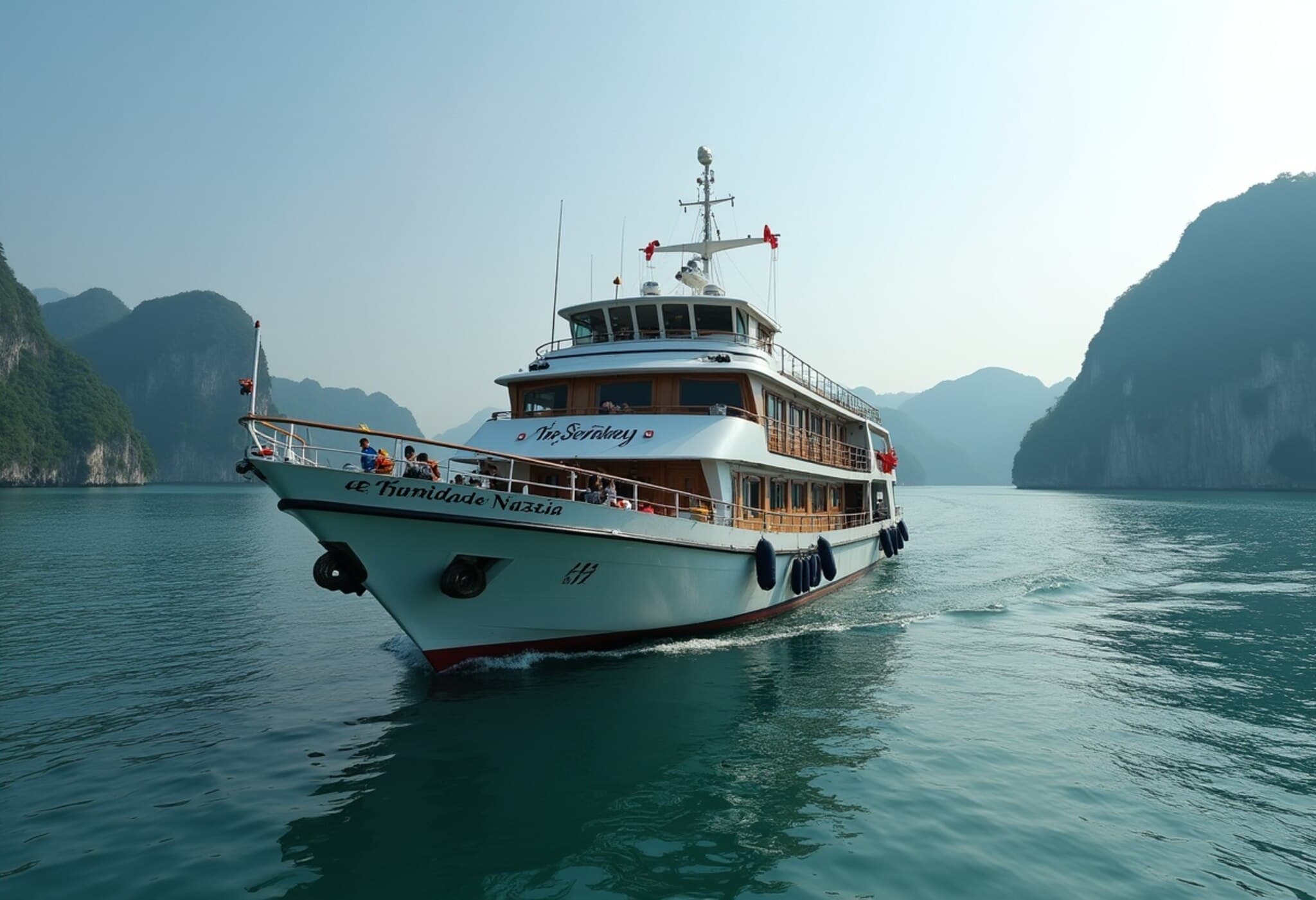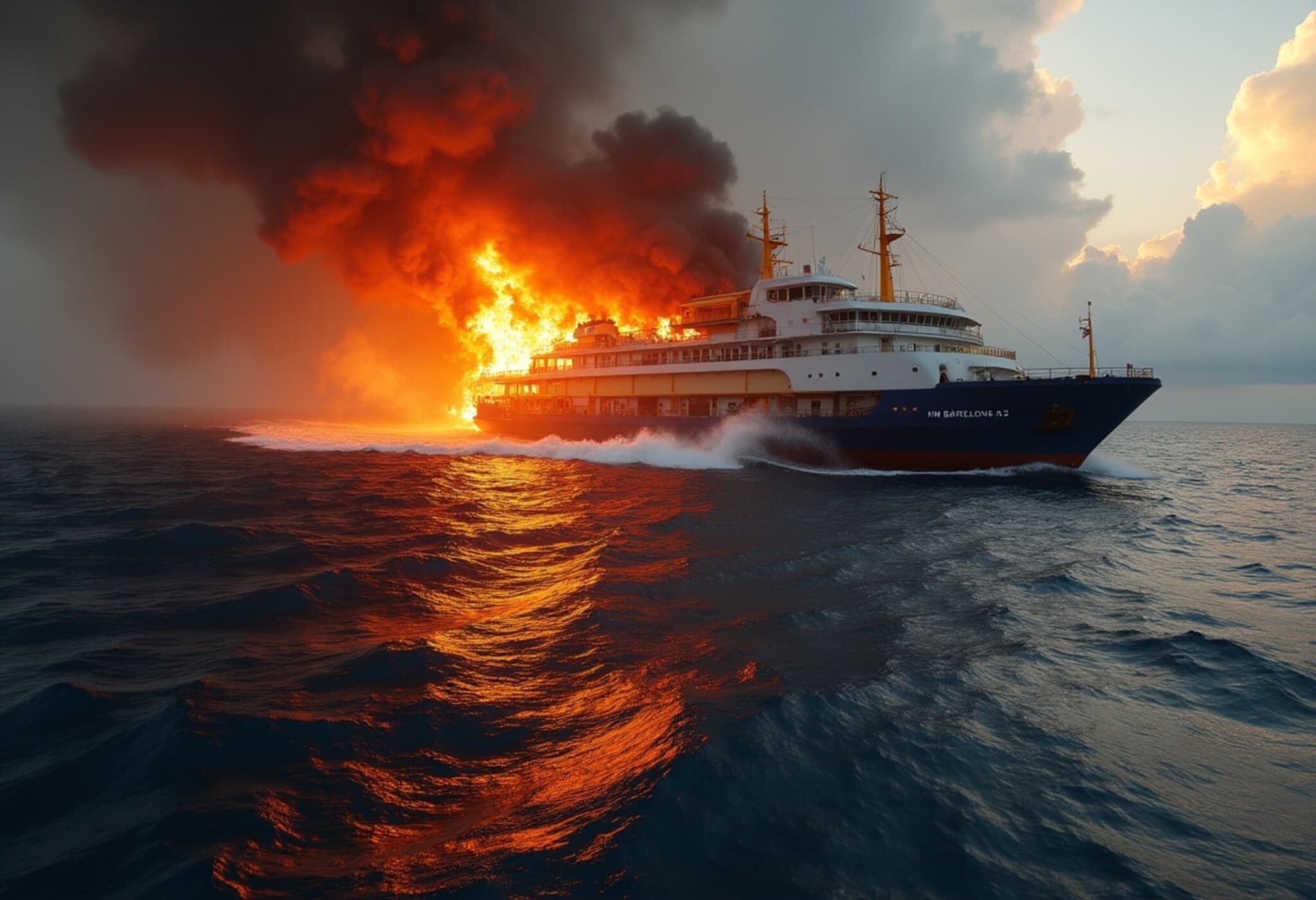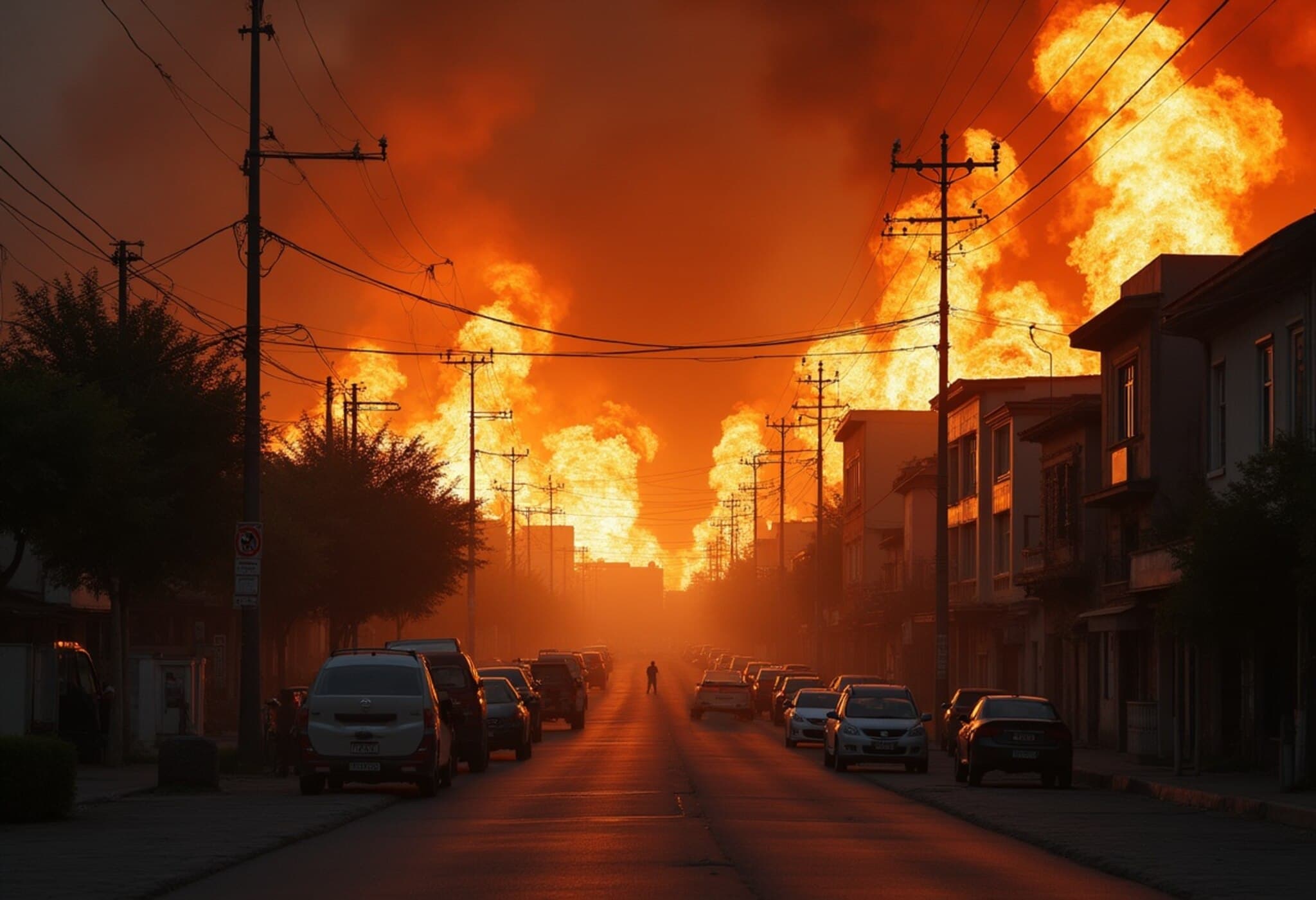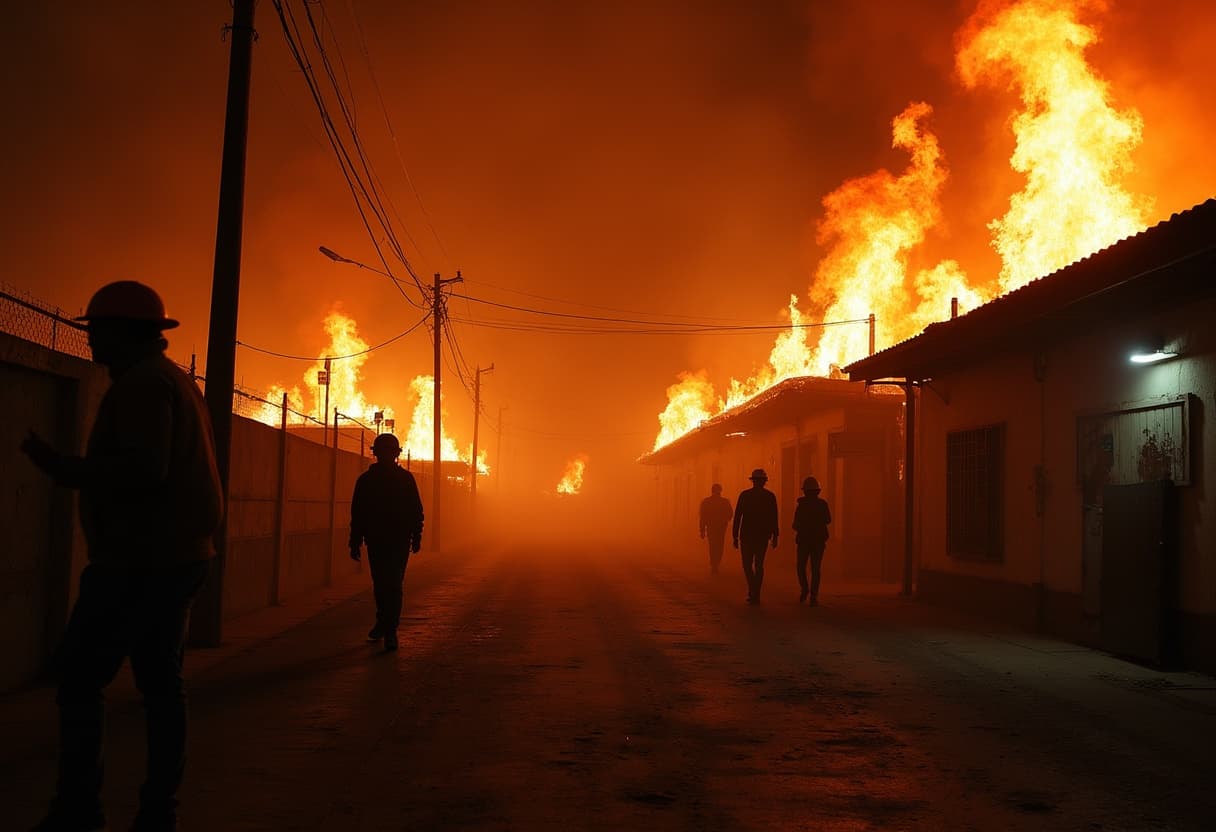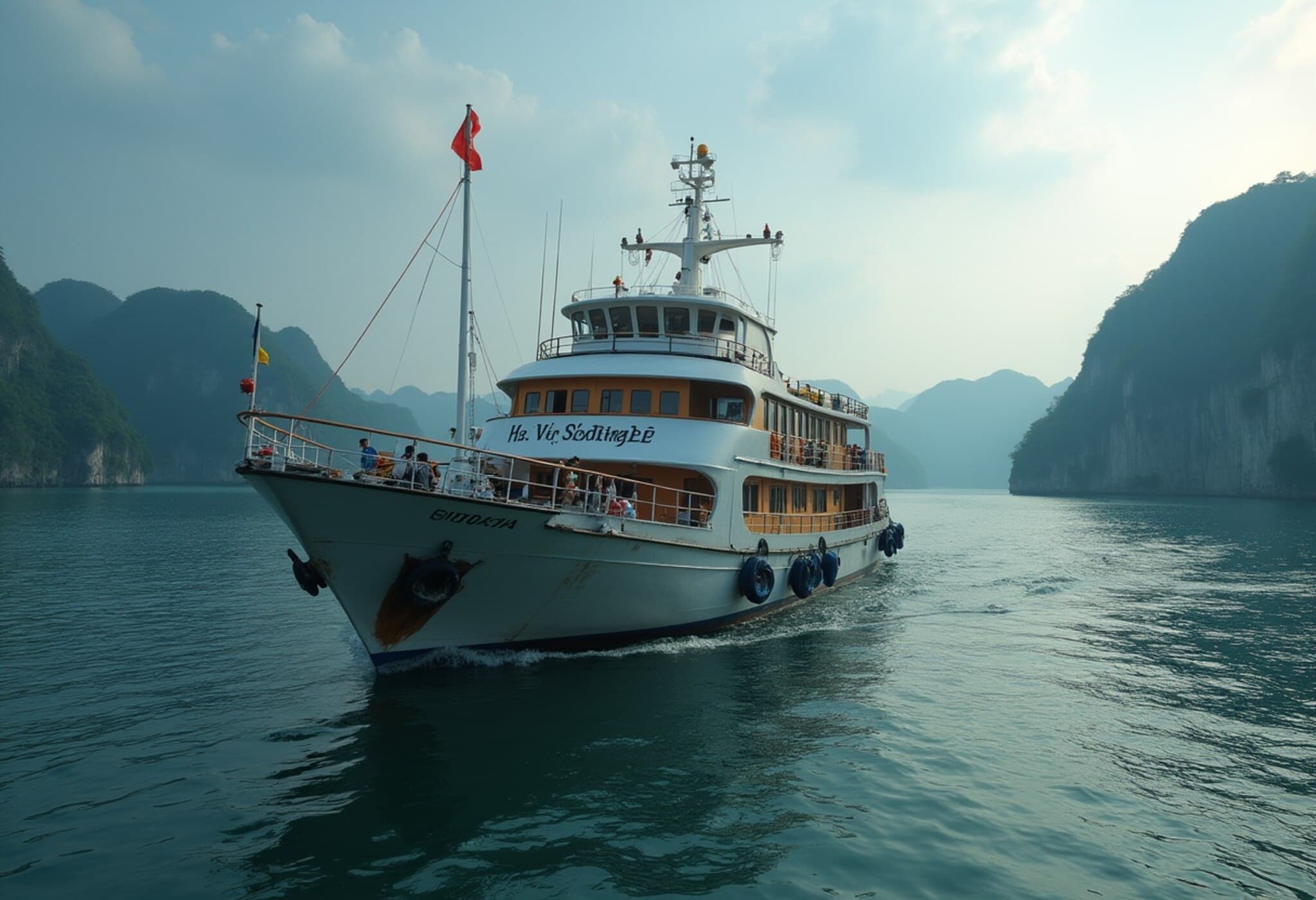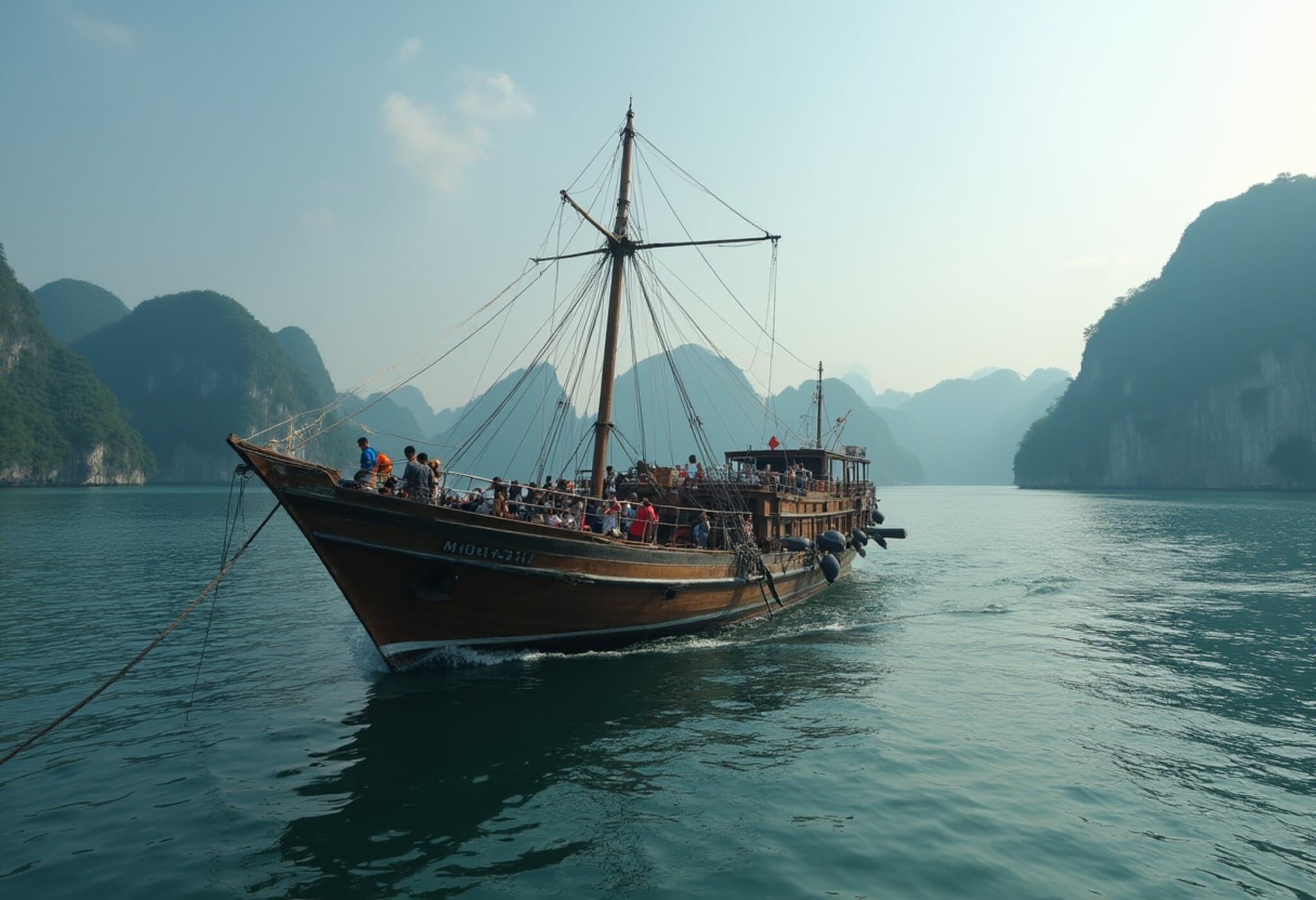Tragic Boat Capsizing in Ha Long Bay Amid Severe Storm
In a devastating incident amid turbulent weather, a tourist boat capsized in Vietnam’s famed Ha Long Bay on July 19, 2025, leading to the death of 34 people with eight others still missing. Rescue operations are ongoing as authorities race against time to locate any survivors. This catastrophic event has cast a somber shadow over the picturesque tourist hotspot known for its emerald waters and limestone pillars.
Details of the Incident
The boat, carrying 48 tourists and 5 crew members, mostly from Hanoi, was caught in fierce winds caused by an intense thunderstorm. Approximately 20 of the passengers were children, highlighting the tragic nature of this accident. Local officials reported that the vessel was overturned by the storm’s powerful gusts around 2 PM local time.
Emergency responders managed to rescue 11 survivors from the water, including a 14-year-old boy who was trapped inside the submerged hull for nearly four hours, a testament to the dire conditions and the resilience of the victims. Among those rescued, a 10-year-old boy remains in stable condition at Bai Chay Hospital, according to hospital director Le Ngoc Dung.
Context and Weather Conditions
The incident coincided with the approach of Tropical Storm Wipha, forecasted to strike Vietnam’s northern coast in the coming days. Ha Long Bay’s unique geography often makes it vulnerable to sudden and severe weather changes, complicating maritime activities and rescue efforts.
Weather analysts point out that such extreme weather phenomena are becoming more frequent and intense due to broader climate change patterns affecting Southeast Asia, raising concerns about the preparedness of local tourism infrastructure against natural disasters.
Government Response and Investigation
Prime Minister Pham Minh Chinh expressed deep condolences to the families affected by the tragedy and announced a full investigation into the circumstances surrounding the boat capsizing. Authorities have vowed to hold accountable any parties whose negligence may have contributed to the disaster.
This event underscores broader challenges in maritime safety enforcement, public weather warning dissemination, and the need for rigorous safety standards, especially in high-tourism areas vulnerable to sudden storms.
Expert Insights
Maritime safety experts emphasize several critical factors that may have influenced the outcome of this tragedy:
- Risk Management: The necessity for tour operators to closely monitor weather advisories and suspend operations when severe weather is forecast.
- Emergency Preparedness: Ensuring that vessels are equipped with adequate life-saving equipment and trained crew to manage crisis situations effectively.
- Infrastructure Investment: Strengthening local emergency response systems and communication networks to respond swiftly in remote or tourist-heavy zones.
Implications for Tourism and Policy
Ha Long Bay remains a jewel in Vietnam’s tourism crown, contributing significantly to the local and national economy. Incidents like this, however, threaten public confidence and highlight the urgent need for sustainable risk mitigation methods. Policymakers face the delicate balance of promoting tourism growth while ensuring the highest safety standards.
Editor’s Note
This tragedy in Ha Long Bay is a stark reminder of the increasing vulnerability of coastal tourism to extreme weather events amplified by climate change. It calls for a comprehensive review of safety protocols and emergency preparedness in tourist destinations worldwide. As we follow the ongoing rescue efforts, questions arise about the adequacy of current maritime regulations and the capacity of local authorities to prevent such avoidable disasters. The story continues to evolve, and the human stories behind the statistics compel us to advocate for stronger safety measures and better disaster readiness.

